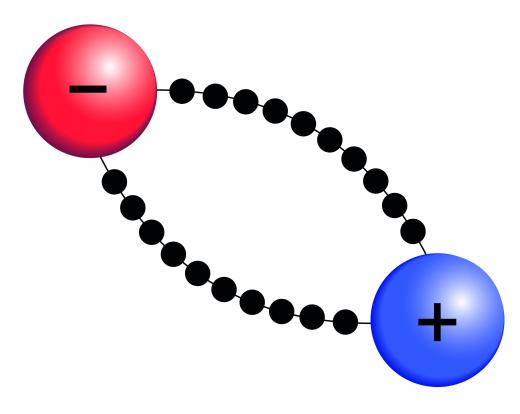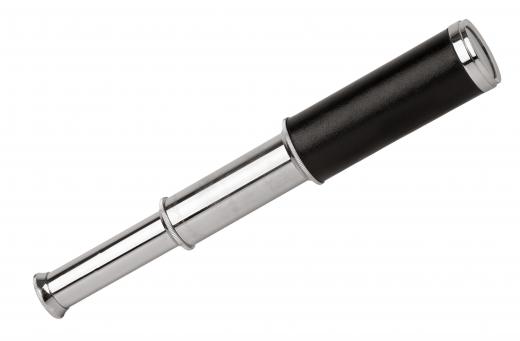Metal plating involves covering a conductive surface with metal in order to improves its durability, appearance, and conductivity. This method is used in a variety of industries including manufacturing, electronics, and jewelry making. The plating process includes three popular methods; metal electroplating, gold plating, and chrome plating.
In order to achieve a metal coating, the surface must first be prepped properly. With regards to electroplating, the surface is covered in a negative charge and placed in a salt solution. The positive ions in the salt react with the negative ions on the surface, causing metal to form. Salt refers to any ionic substance, such as nickel chloride or copper sulfate.

Carrying out this sort of metal plating process requires a number of steps. First, a tank is filled with salt solution. Any solution with ions will do, whether the salt is dissolved in water or an acid. Next, a wire is attached to both the surface and the negative end of a battery or similar power source. The surface becomes the cathode, the electrode that attracts negative ions.

A battery's positive end is attached by wire to another conductive object which becomes the anode, or the electrode that donates negative ions in the impending reaction. The surface is then submerged in the solution, allowing the battery to transfer negatively-charged electrons from the anode to the surface. To achieve a complete covering of metal, it is important to make sure that the anode provides enough negative ions in the reaction. The amount of metal that is created from electroplating is directly proportional to the number of negative ions the anode gives off.

Gold plating is another useful form of metal plating. A very thin layer of gold is deposited on a surface. This is usually done by electroless plating, which can be thought of as the opposite of electroplating, and done without a power source. Instead, sodium hypophosphite is mixed with an aqueous solution, causing a hydrogen ion to break free. The hydrogen ion is then oxidized allowing for negative ions to gather on the surface and produce gold metal.
One well-known type of metal plating in the manufacturing industry is chrome plating. Hard chrome plating, implying a generous coating of chrome upon a surface, is used to strengthen industrial parts such as thread guides, cylinder rods, and gun bores. Typically, items that are altered by this form of plating are made of hardened steel.
